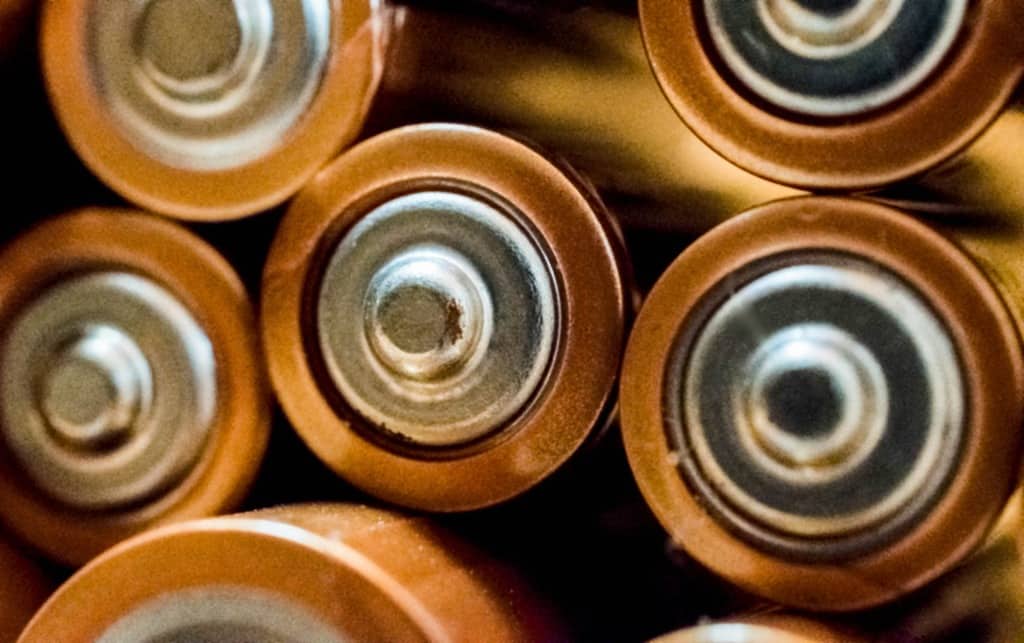Lithium-ion batteries are very in-demand products because of their application in every electronic product in our life. These batteries are built for use in gadgets like your smartphones, electronics, LED flashlights, etc., and the reason is simple: They have an extremely high power storage capacity for their size!
Now, we see batteries that were once meant for manufacturers’ use only on the market for consumers to buy. This is because newer technologies continue to occur with each passing day. The lithium-ion cells we have now are modern, unlike the standardized forms we had in the past. This is the reason that considering the best 18650 battery out there is important. You also need to know what steps to take to detect fake batteries and avoid them.
So, in this guide, we will take you through everything you need to know about the 18650 battery, its specs, what makes them different, and the best 5 you can buy now. Then, we will give you some tips on protecting yourself from buying fakes on the market because we’ve seen a lot of them lately. In all, we want to empower you with information to help you make the right decision in selecting the best 18650 battery.
What is the 18650 Battery?
Measuring 18 x 65 mm, it’s easy to see that the name of the 18650 battery comes from its size. In the world of replaceable and rechargeable batteries, this product has set the standard. They feature a 3.7 volts output and perform just like lithium-ion batteries with a capacity ranging from 1800mAh to 3,500mAh. This is why they are used in a wide range of gadgets like flashlights, cameras, and laptops, as well as other electronics.
When you place them side-by-side with other rechargeable batteries out there, the 18650 battery easily comes out on top with the best performance. As long as you don’t allow them to become fully discharged, these batteries can last a long time. The degradation rate for the 18650 battery isn’t that much different from how your smartphone battery degrades.
What are the specs of the 18650 battery?
They might have a similar appearance with the AA battery, but they are very different. Here are the specs of the 18650 battery that differentiate it from other batteries.
The size
Just like we earlier mentioned, 18 x 65 mm is the measurement for the 18650 battery, making it just a little bigger than the AA battery. So, if we want to create a battery classification for the AA based on its size of 14 x 50 mm, we would call it the 14500 battery.
The shape
The cells of the 18650 battery are made of thin, flat metal sheets. The manufacturers stack and roll them tightly just the same way it happens with a jelly roll. There are lithium ions present between those layers That move in different directions while charging or discharging. With the roll intact, the manufacturer’s pack it into cylindrical-shape hard steel. The battery comes with an open top, and the positive pole is used to cap the battery before sealing.
Shipping
Conventional batteries have relatively fewer challenges when compared to the difficulties involved in shipping 18650 batteries. The reason is that the 18650 battery falls under the category of dangerous goods since they can explode, especially when shipping them via aircraft. The shipment regulations for this product happen to be stricter.
Some battery manufacturers clearly state on their site that lithium-ion battery shipments are seen as hazardous goods and considered HAZMAT based on us shipping regulations. When buying the 18650 battery, we advise that you look for one where you get free shipping. This will save you some hassle.
Protected Vs. Unprotected 18650 Batteries
Your search for a good 18650 battery will lead you down the road of protected and unprotected batteries. That’s why we want to enlighten you on the differences.
Protected batteries come with an integrated electric circuit in the design of the battery, and you can find this at the battery’s end. With the help of the circuit, the risk of short-circuiting, extreme temperatures, discharging, and excessive charging is very much reduced. This protects you from leaks or the possibility of the battery exploding, thanks to the inside valve. The valve has the responsibility of disabling the battery when it detects extreme pressure.
By now, you can guess that this circuitry is absent in the design of unprotected batteries. This is the reason that unprotected batteries are not as expensive but have a higher risk. Exercise caution when using unprotected batteries should you decide to buy them. To be on the safe side, however, we advise that you invest some more bucks to get yourself a protected 18650 battery.


